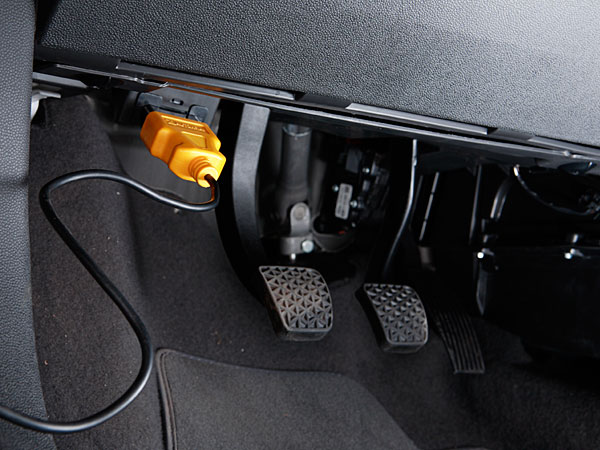
Every day, millions of car owners jump in the vehicles, so they can drive to school and workplace. Many newer cars have a few things in common, including the on-board diagnostics. This may sound like a sci-fi instrument, but the system can help is better understand our car. OBD or onboard diagnostic is a generic term for any kind of reporting and self-diagnostic capability. This should give car owners the ability to properly understand the state of their car’s sub-system. The onboard computer system is making it easier for us identify problems and locations.
A malfunction indicator would light up if there’s a possible problem that we need to address immediately. These days, more improved diagnostic capability can be achieved through the use of high speed digital communications capability. A series of diagnostic trouble codes can help us remedy and identify malfunctions rapidly. One of the reason we use the OBD system is by making it easier to repair problems in the car. This will help us to control many parts of the car, including the emission system. This should help us to pass the emission test, since the OBD system could detect if we have emission problem before we undergo the test.
After decades of implementation, modern OBD systems can also integrate with computers in repair centers to diagnose trouble areas faster. This should prove whether the emission level is below or above the allowed amount. With the OBD system, we could turn a mechanically-functioning car into an electronically-functioning one. This will ensure improved efficiency and greater performance.
There are many lights used by OBD and they could vary depending on car models. Check Engine Light is one of the most familiar light. For no obvious reason, this small light could turn on for no obvious reason while we drive down the road. This could cause quite a stir in the pit of our stomach, especially if we are driving at a rather high speed. The light should alert us about some potential engine problems. This alert simply informs us that we need to check the engine. This can be performed at the designed repair center. Mechanics will download the information from the car’s computer.
This should help mechanics to diagnose the problem more accurately. However, there are times that the light is enabled when the engine works properly. This could be caused by slight problems, light oil dipstick that’s pushed in a bit too tightly or improperly closed gas cap. These little mishaps could cause some unwanted situations. Slight variations in vacuum pressure could affect the engine’s idle rate and this will trigger the main computer to enable the engine light. Bad fuel could also cause warning light to turn on, because it could affect the performance of the car.
Although some of these warning are false alarms, ignoring them too often could end up damaging our car. If the check engine light starts to come on quite often, this could require immediate attention. We should also check other indicators such as engine temperature and oil level.














